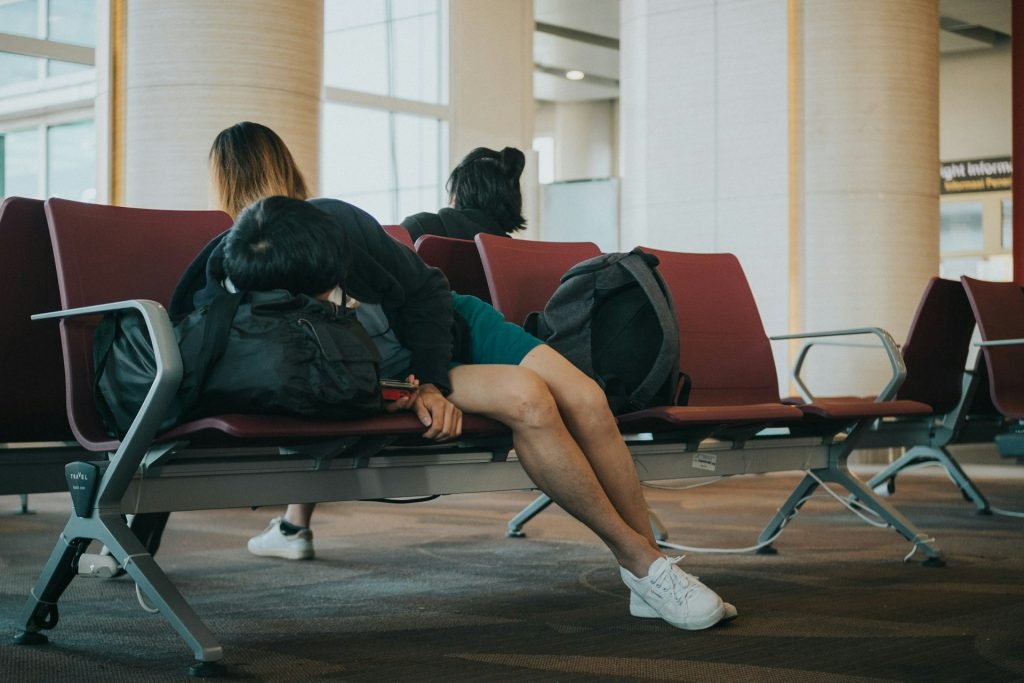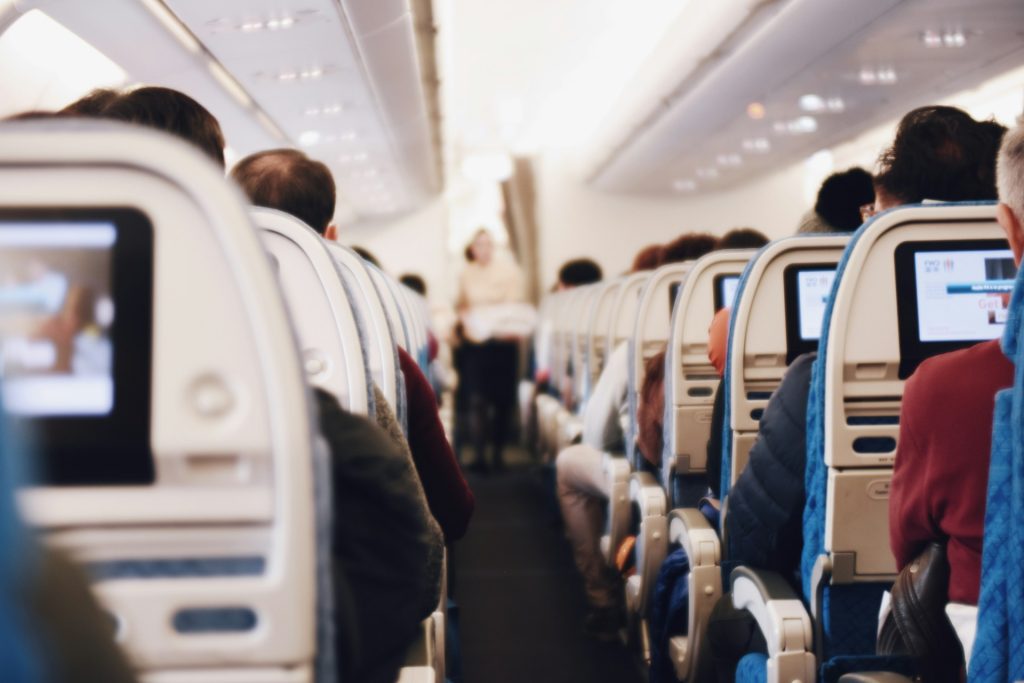Jet lag, often dubbed jet lag disorder, is a temporary sleep disturbance that plagues travelers zipping across numerous time zones. Your body’s internal clock, the circadian rhythms, dictates when you should be awake or asleep. However, when you swiftly transition from one time zone to another, this internal clock struggles to sync with the new time zone, leading to the onset of jet lag symptoms.

Unraveling the Symptoms of Jet Lag
The manifestations of jet lag vary from individual to individual. You might experience a myriad of symptoms, ranging from sleep disturbances and daytime fatigue to gastrointestinal discomfort and mood alterations. The severity and duration of these symptoms tend to escalate with the number of time zones traversed, with eastward flights exacerbating the effects.
Understanding the Underlying Causes
Jet lag stems from the disruption of your circadian rhythms, which regulate your sleep-wake cycle. When you embark on a journey spanning multiple time zones, your internal clock remains anchored to your original time zone, resulting in a discord between your body’s rhythm and the local time at your destination. Furthermore, factors such as cabin pressure, high altitudes, and dehydration during air travel can exacerbate jet lag symptoms.
Mitigating Risk Factors
Certain factors heighten the susceptibility to jet lag. The number of time zones crossed, the direction of travel (eastward flights pose greater challenges), frequent flying, and advanced age are all variables that contribute to the likelihood of experiencing jet lag.

Preventive Measures: Your Blueprint for Combatting Jet Lag
While jet lag may seem inevitable, there are proactive steps you can take to mitigate its impact:
- Arrive Early: Whenever possible, afford yourself a few extra days to acclimatize to the new time zone before engaging in crucial activities.
- Prioritize Rest: Ensure you are well-rested before embarking on your journey, as starting off sleep-deprived can exacerbate jet lag symptoms.
- Gradually Adjust Your Schedule: If feasible, gradually shift your sleep schedule to align with the time zone of your destination in the days leading up to your trip.
- Leverage Light Exposure: Strategic exposure to light can help recalibrate your circadian rhythms. Tailor your light exposure based on the direction of travel and the time zones crossed.
- Adhere to the New Schedule: Upon arrival, resist the urge to nap until the local nighttime to swiftly adapt to the new time zone.
- Stay Hydrated: Counteract the dehydrating effects of air travel by staying adequately hydrated before, during, and after your flight.
- Rest on the Plane: Utilize earplugs, headphones, and eye masks to create a conducive environment for sleep during your flight, aligning with the nighttime at your destination.

By implementing these preventive measures, you can navigate the challenges of jet lag and make the most of your travel adventures without succumbing to its grasp.





